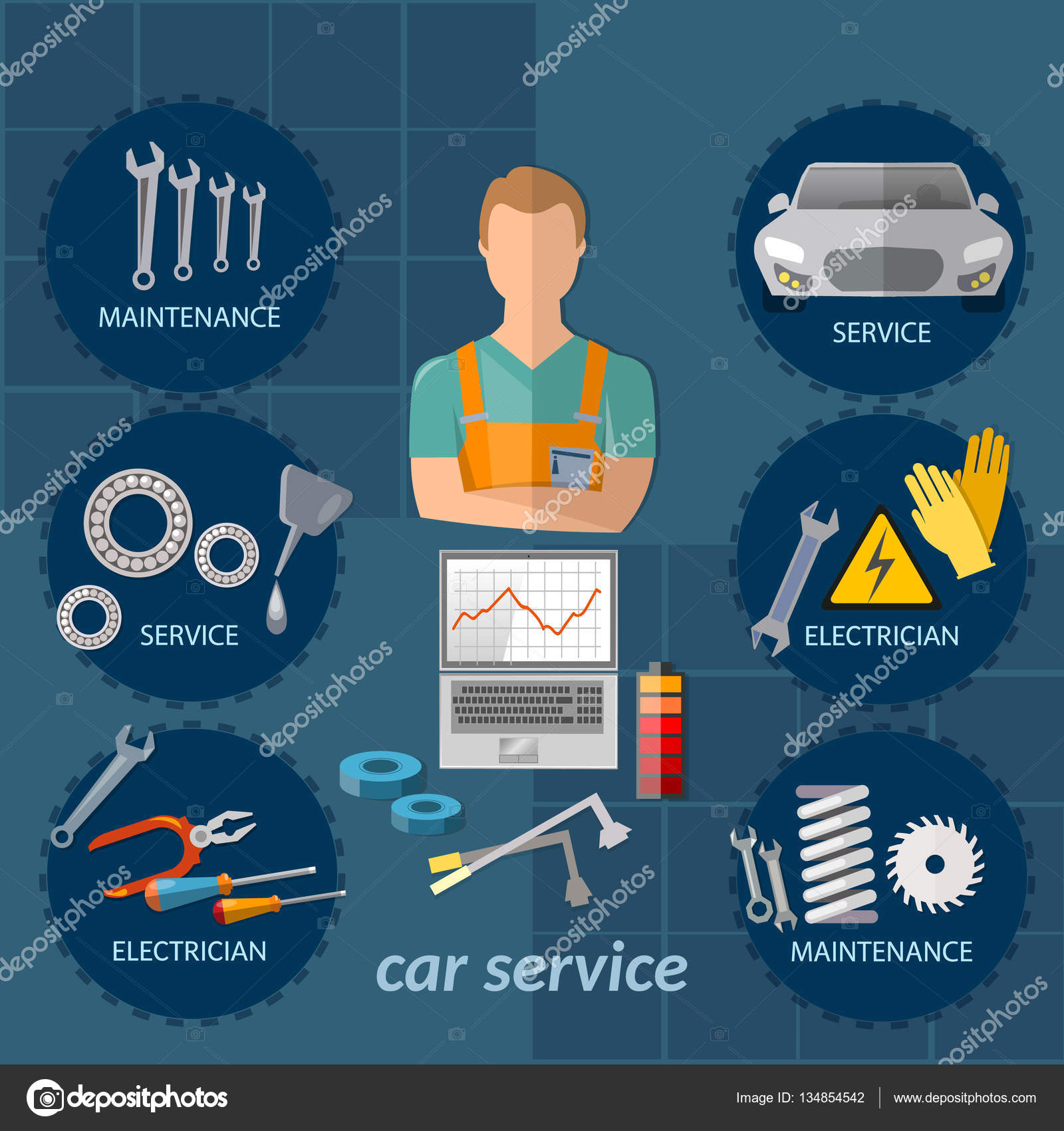Understanding The Significance Of Your Auto'S Warning Signals: What They Actually Stand For
Understanding The Significance Of Your Auto'S Warning Signals: What They Actually Stand For
Blog Article
Content Writer-Faulkner Shepherd
When you're behind the wheel, those radiant caution lights on your dashboard can be a little bit perplexing. Do you know what they're attempting to tell you concerning your cars and truck's wellness? Understanding the significance of these lights is vital for your safety and security and the long life of your lorry. So, the next time one of those lights turns up, wouldn't you want to understand its message precisely and take the necessary actions to resolve it?
Common Caution Lights and Interpretations
Recognize usual caution lights in your car and comprehend their meanings to ensure secure driving.
One of the most regular warning lights consist of the check engine light, which signals problems with the engine or discharges system. If this light comes on, it's essential to have your car inspected immediately.
The oil stress alerting light suggests reduced oil stress, needing prompt interest to prevent engine damages.
A flashing battery light might recommend a damaged charging system, possibly leaving you stranded otherwise addressed.
The tire pressure tracking system (TPMS) light informs you to low tire stress, impacting automobile stability and gas effectiveness. Neglecting this might result in dangerous driving conditions.
The abdominal light indicates an issue with the anti-lock stopping system, compromising your capability to stop quickly in emergencies.
Lastly, the coolant temperature level advising light warns of engine overheating, which can result in extreme damages otherwise resolved quickly.
Recognizing more info will certainly help you address concerns quickly and keep safe driving problems.
Importance of Prompt Interest
Recognizing the common warning lights in your auto is only the initial step; the value of immediately addressing these cautions can't be stressed enough to ensure your safety and security when traveling.
When a caution light brightens on your control panel, it's your vehicle's method of interacting a potential problem that requires attention. Ignoring these cautions can lead to much more serious troubles down the road, compromising your safety and potentially costing you much more in repairs.
https://www.ratchetandwrench.com/articles/12468-nevada-shop-waitlisted-for-auto-parts to cautioning lights can protect against break downs and mishaps. For example, a blinking check engine light might suggest a misfire that, if left unattended, could create damage to the catalytic converter. Addressing this promptly can save you from an expensive repair work.
Similarly, amd detailing cautioning light may signify reduced brake liquid or worn brake pads, critical parts for your safety when driving.
DIY Troubleshooting Tips
If you observe a warning light on your control panel, there are a few do it yourself repairing tips you can try before looking for professional assistance.
The primary step is to consult your auto's manual to recognize what the certain warning light indicates. Occasionally the problem can be as straightforward as a loosened gas cap setting off the check engine light. Tightening the gas cap might resolve the trouble.
Another usual concern is a reduced battery, which can set off various warning lights. Inspecting the battery connections for corrosion and guaranteeing they're secure could take care of the issue.
If a caution light continues, you can try resetting it by separating the auto's battery for a couple of mins and after that reconnecting it. Furthermore, examining your vehicle's fluid levels, such as oil, coolant, and brake fluid, can help fix warning lights related to these systems.
Verdict
Finally, understanding your car's warning lights is essential for maintaining your automobile running efficiently and securely. By quickly resolving these notifies and recognizing what they imply, you can stay clear of costly repairs and possible breakdowns.
Bear in mind to consult your vehicle's handbook for certain details on each alerting light and act as necessary to guarantee a trouble-free driving experience.
Remain educated, remain risk-free when traveling!
